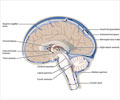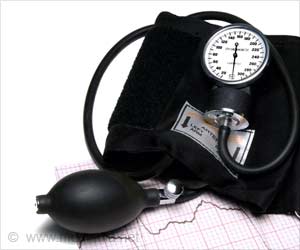Working in noisy environments significantly raises the risk of high blood pressure.

Understanding Noise Exposure Limits: Occupational vs. General Environmental Noise
Go to source). “While the mechanism is still not well-explored, it is thought that the stress response by the body to chronic sound exposure causes hormonal imbalances that gradually lead to a permanent elevation of blood pressure,” said Golam Dastageer Prince, MBBS, MPH, medical officer at DGHS Bangladesh and the study’s lead author.
‘ Did You Know?
Noise-induced hearing loss is the most common occupational illness, affecting 1 in 4 workers exposed to high noise levels. #hypertension #noiseexposure ’





“High blood pressure impacts more than a billion people worldwide and just 1 in 5 have it under control, yet it is a major cause of premature death. In addition to treating the high blood pressure through appropriate means, we must find ways to mitigate the exposure to the noise if we want to reduce the cardiovascular risk of these patients.” Noise-induced hearing loss is the most common occupational illness, affecting 1 in 4 workers exposed to high noise levels. #hypertension #noiseexposure ’
Rising Hypertension Rates
Researchers at the Directorate of General Health Services in Bangladesh looked at 289 adult workers in selected weaving factories in the Araihazar sub-district of Narayanganj, Bangladesh, from January to December 2023.Participants took a face-to-face interview to complete a questionnaire covering sociodemographic variables, behavior, dietary habits, and family medical history.
Blood pressure, height, weight, and noise intensity were measured following standard procedures by the researchers.
The study cohort was predominantly male and married and was about 34 years of age on average.
Advertisement
In the United States, the National Institute for Occupational Safety and Health has established the recommended exposure limits for occupational noise exposures to be 85 decibels on average over an eight-hour workday. Sounds at or below 70 decibels are generally considered safe.
Advertisement
“Hopefully we can raise awareness of not only noise-induced hearing loss, but the impact of noise on blood pressure and workers’ behaviors and attitudes towards using personal protective equipment,” Prince said.
“Pushing for structural improvements to industries may also help us improve the health safety of these workers.”
Link Between Industry Noise and Hypertension
The study population had a 31.5% rate of high blood pressure with an additional 53.3% being prehypertensive. The study also found a positive correlation between blood pressure and noise exposure duration.Each year of exposure was found to increase high blood pressure odds by 10%, even after adjusting for age, body mass index, and smoking status.
“As the study focused on workers exposed to more than 85 decibels of noise for long periods, any profession causing workers to experience similar exposure might experience similar blood pressure impacts,” Prince said.
“We definitely need more exploratory studies to reveal more information about the potential mechanisms and long-term health outcomes.”
Recent studies have shown that living near noise pollution, including highways, trains, and air traffic, can have an impact on cardiovascular health.
However, the current study may not apply to noise experienced during daily life. Noise pollution experienced near home typically ebbs and flows, while the industrial exposures in the study are typically continuous in pattern due to the machinery and remain at a constant sound level, according to Prince.
Reference:
- Understanding Noise Exposure Limits: Occupational vs. General Environmental Noise - (https://blogs.cdc.gov/niosh-science-blog/2016/02/08/noise/)
Source-Eurekalert












